GNS ONLINE NEWS PORTAL
SHYAM SOOD
**Over 20,000 civilians and soldiers sacrificed their lives during the five-month-long struggle
RAJOURI APRIL 12:-For the first time, the District Administration, along with several organisations, has joined hands with the Army to celebrate Rajouri Day (April 13) through a grand event featuring tributes, cultural performances, and military displays. The event will honour the brave locals and soldiers who laid down their lives to liberate Rajouri town during the 1947–48 conflict.
Jammu and Kashmir formally acceded to the Indian Union on October 26, 1947. Unable to accept this, the Pakistani leadership launched an invasion with regular troops and tribal Pathan forces, capturing the border districts of Rajouri and Poonch.
On November 11, while the people of Rajouri were celebrating Diwali, these intruders entered the town, committing brutal atrocities against civilians and burning their homes.
More than 20,000 innocent members of the minority community—including men, women, and children—were killed between November 11, 1947, and April 13, 1948, while resisting the invaders to protect their homeland.
To honour the martyrs of Rajouri, residents of the old town organise an annual ceremony at Balidan Bhavan, while the Army observes Rajouri Day at the Advance Landing Ground (ALG) and pays tribute at the nearby War Memorial in Gujjar Mandi.
“Survivors emerged from hiding when the Indian Army entered the town on April 13, 1948, and liberated it from the clutches of the treacherous intruders.”
The task of recapturing Rajouri was assigned to Lt. Col. Zorawar Singh, Commandant of the Central Indian Horse (CIH), equipped with Stuart MK-VI light tanks. At just 27, Zorawar was the youngest-ever Commandant, and the mission allowed him to demonstrate the mobility and adaptability of his tanks in the challenging terrain of the Indian subcontinent.
Starting from the Nowshera Brigade HQ, 23 miles from Rajouri, Zorawar faced a damaged road and enemy-planted mines under culverts. To strategize the offensive, he conducted an aerial survey with a senior engineering officer who warned, “Anyone who is thinking of advancing with tanks to Rajouri is, in my opinion, taking a great risk.”
The operation was divided into three phases: Capture Nandphur–Barwali Ridge, Advance and seize Chingus Fort, and Recapture Rajouri town
Between April 7 and 8, Nandphur Ridge was captured by the Nowshera Brigade. ‘A’ Squadron of CIH under Major Karam Singh, along with Lt. Col. Zorawar’s tank and supporting troops, took positions in Nandphur South at 6:30 am on April 8.
On the same day, 4 Dogra, commanded by Maj. Sansar Chand, launched an assault on Barwali Top. As they approached, they came under heavy enemy fire. Tanks narrowly avoided minefields, and a disaster was averted by the heroics of Lance Daffadar Varyam Singh and Lance Daffadar Sita Ram, Zorawar’s gunner and driver. Varyam Singh was later awarded the Vir Chakra.By 5:30 pm, the enemy launched a counterattack in an attempt to encircle 4 Dogra and ambush the Brigade Commander. Once again, Zorawar’s strategic foresight repelled the attack, marking the successful completion of Phase 1.
On April 10, Zorawar opted to use the Tawi River as a new axis of advance. Near Merian village, tanks crossed the river multiple times and flanked Chingus, allowing engineers to open roads for light vehicles.
For rapid progression, a task force under Major Bisht, including tanks, infantry, and the 1st Kumaon Rifles, was formed. Despite heavy resistance, the force advanced, aided by the Royal Indian Air Force (RIAF), which kept them updated on enemy positions.
After a six-hour tank journey, involving eight river crossings and 14 miles of treacherous terrain, the task force reached Rajouri at 5:30 pm. Over the next two days, tanks targeted strategic enemy hideouts, including Rajouri Fort.
An intercepted enemy radio message confirmed their panic:“Tawi River full of buffalos (code word for tanks) from Chingus to Rajouri. Impossible to hold Rajouri.
Even the Nowshera Brigade struggled to believe the mission’s success, requesting the message be reconfirmed. On April 13 at 10:30 am, the Indian Army officially entered Rajouri town, liberating it.
Lt. Col. Zorawar Singh’s daring river maneuver and brilliant command of light armour became one of the most legendary tank operations in Indian military history.
2nd Lieutenant R.R. Rane, attached to 4 Dogra, was posthumously awarded the Param Vir Chakra for clearing mines and enabling the advance. His citation reads:
“But for the grim determination and tireless diligence of 2nd Lieutenant Rane, who worked ceaselessly, our column could not have reached Chingus.”
In his honour, the Advance Landing Ground (ALG) at Rajouri is named Rane Hawaii Patti.
The Stuart light tanks used by Zorawar Singh are now preserved and displayed at the War Memorial at the Division HQ in Rajouri, still bearing his name and motto: “Fortune Favours the Brave”.



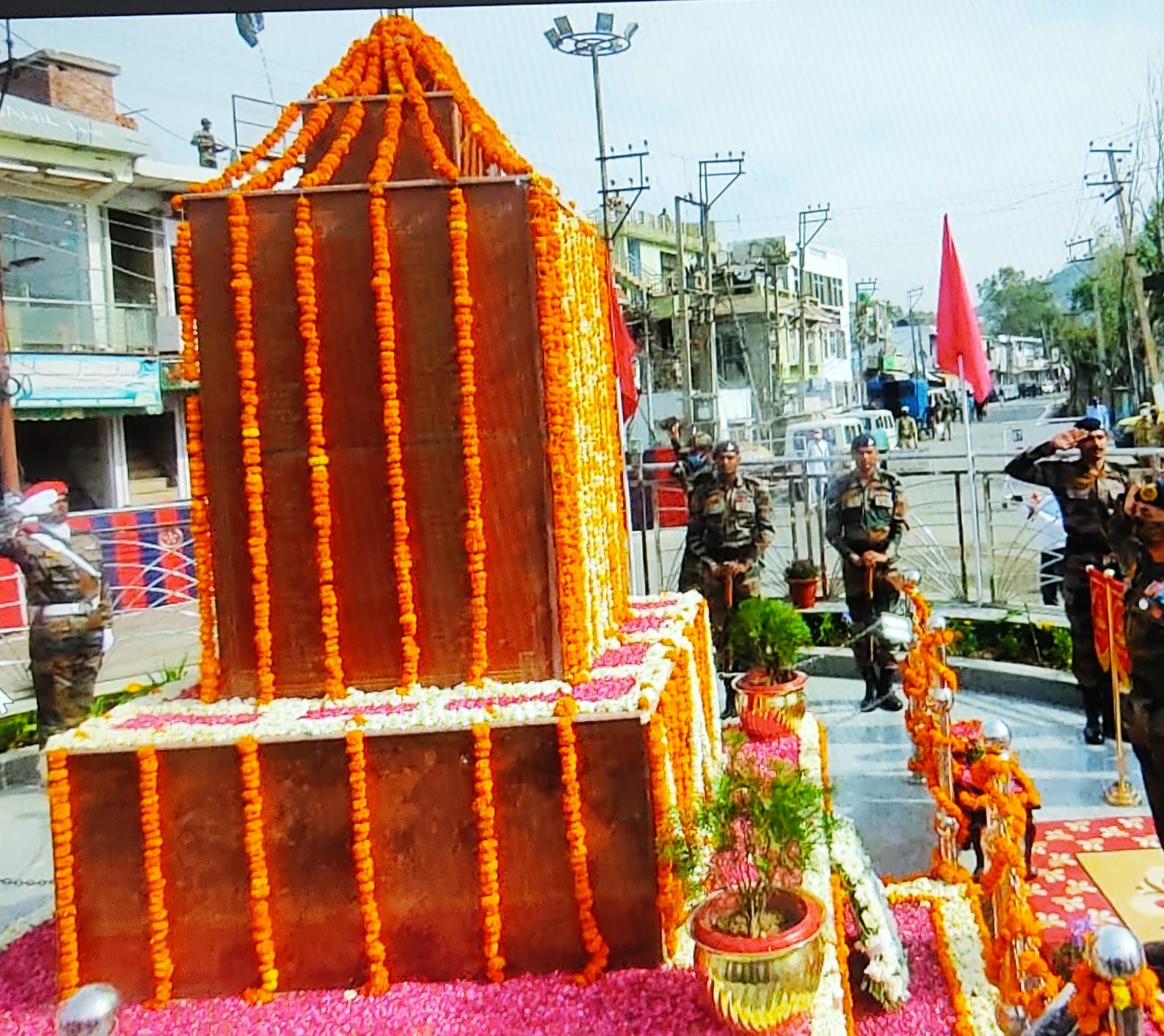





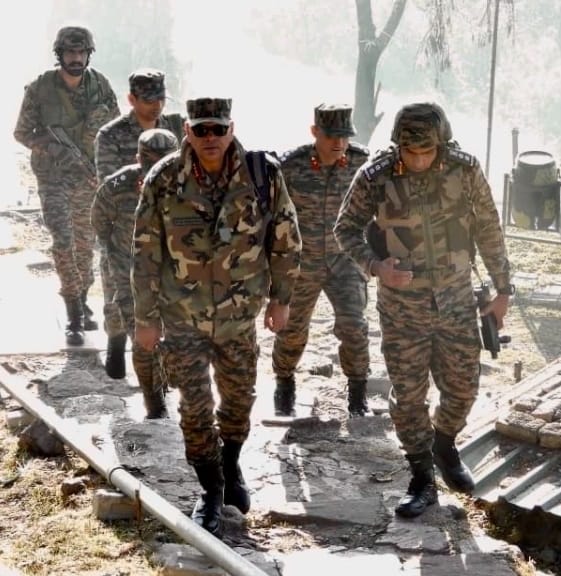
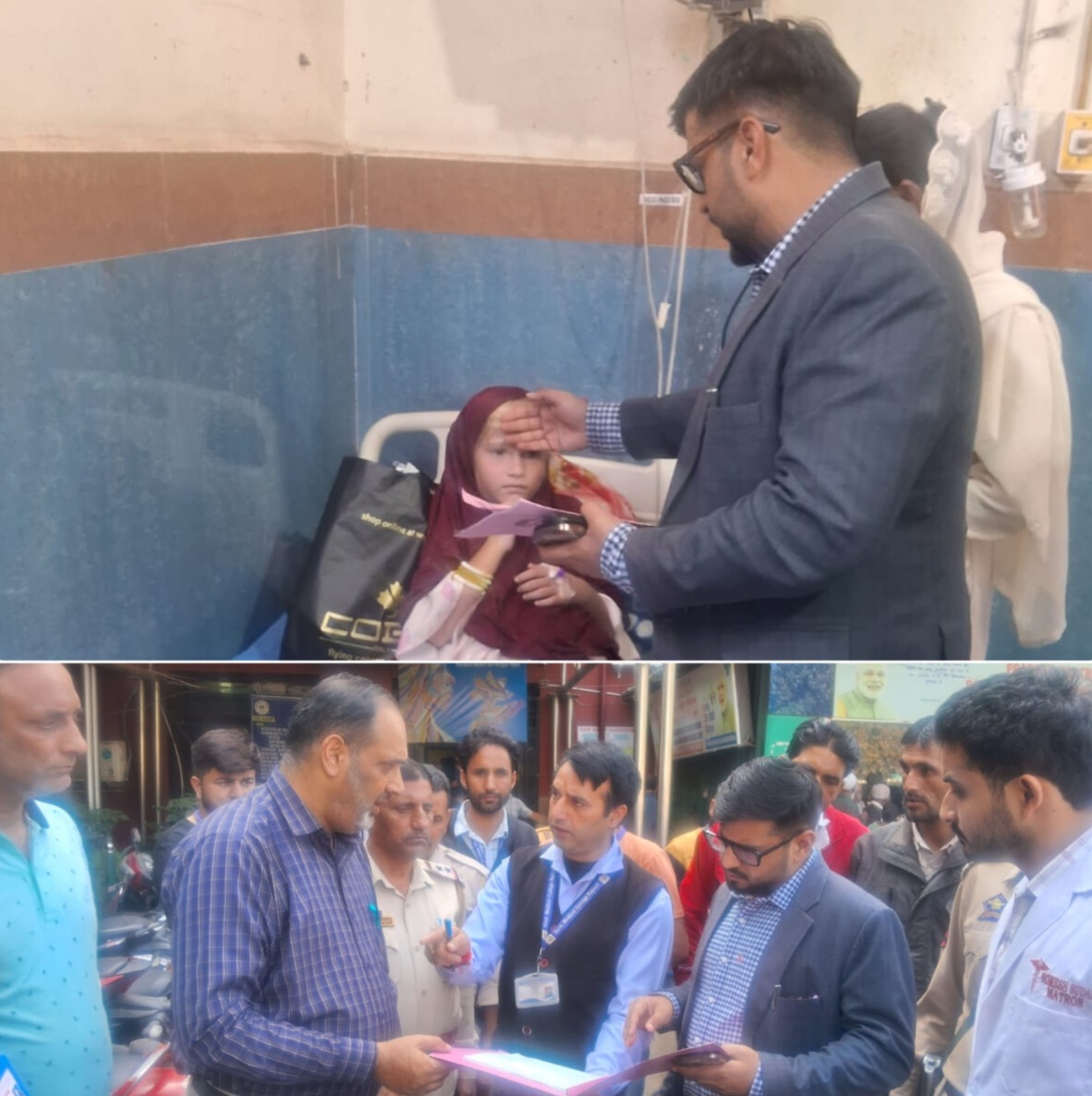

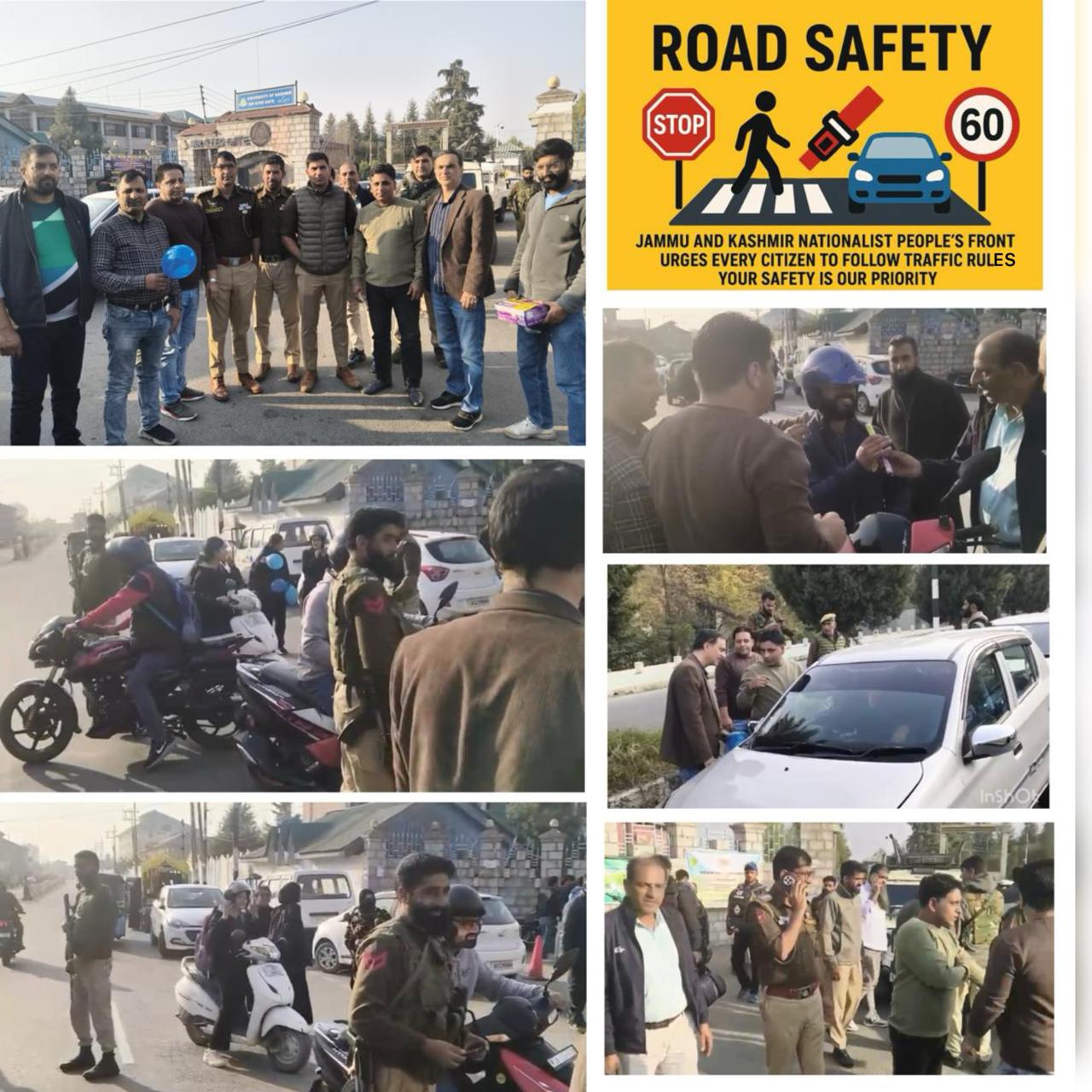
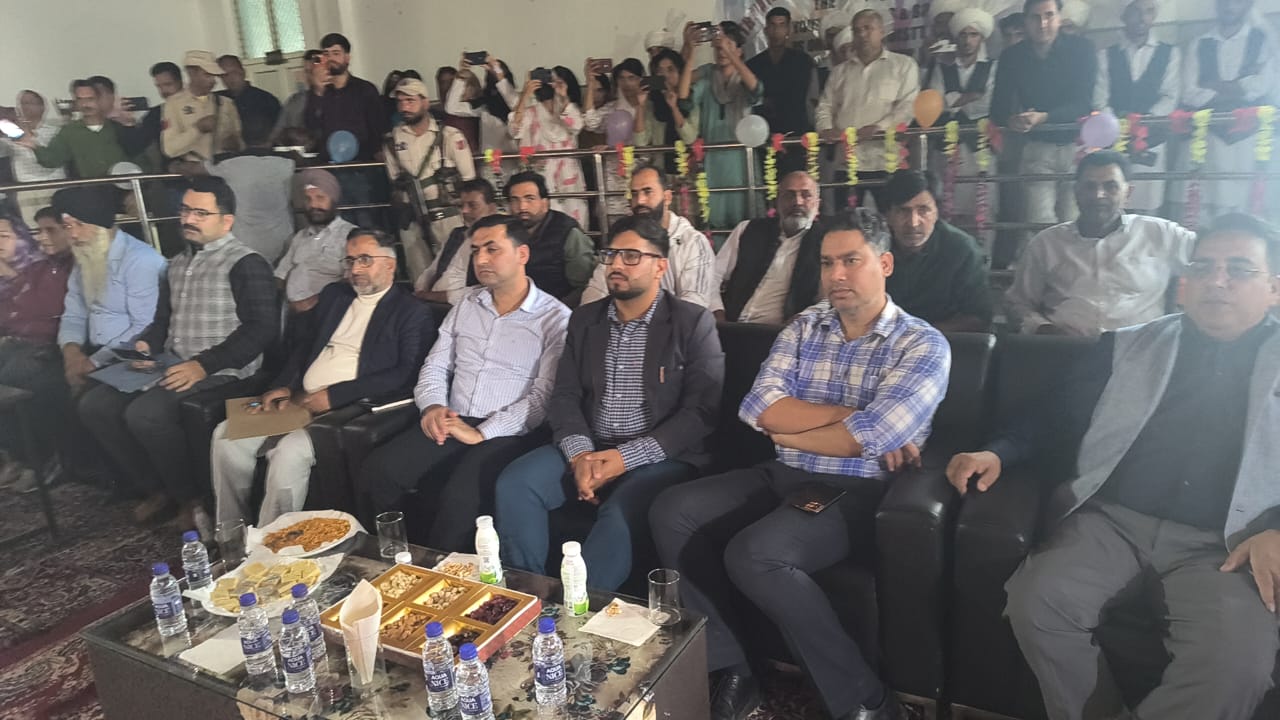

 Users Today : 232
Users Today : 232 Users Yesterday : 239
Users Yesterday : 239